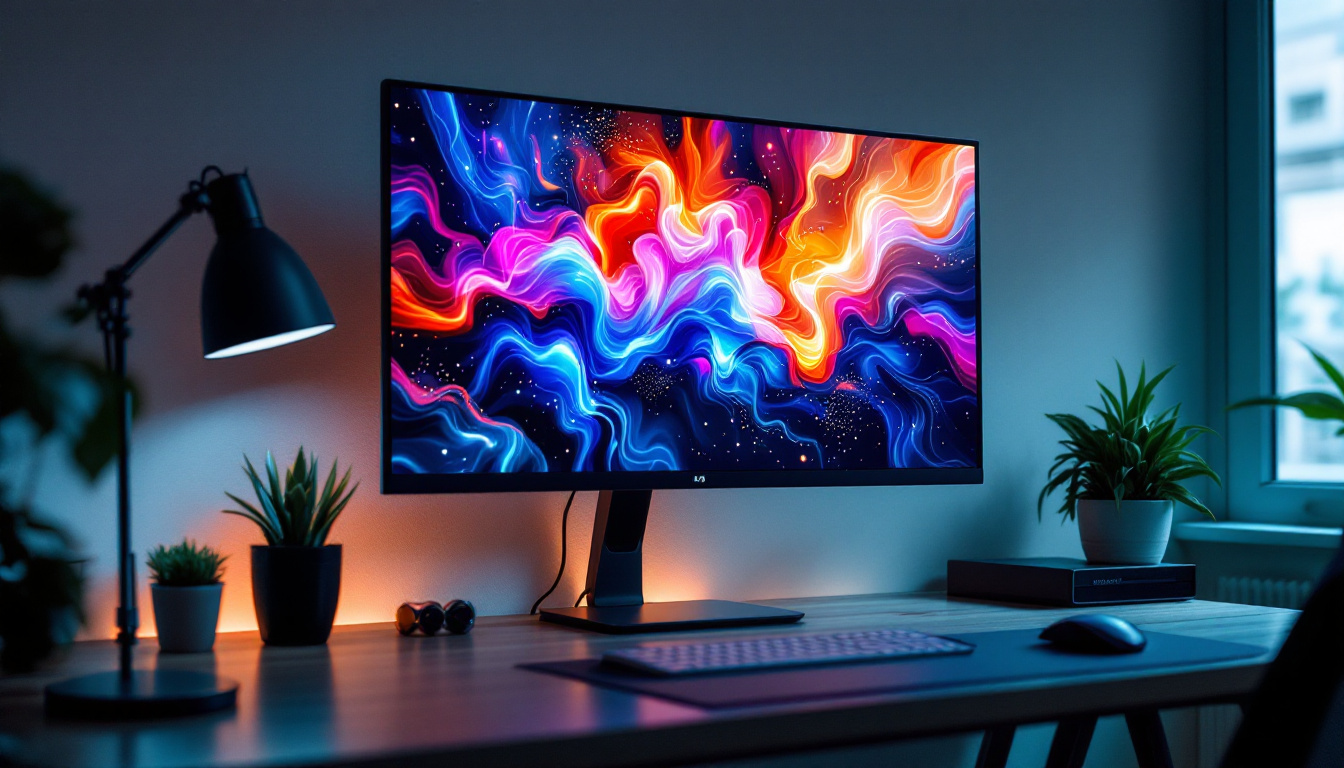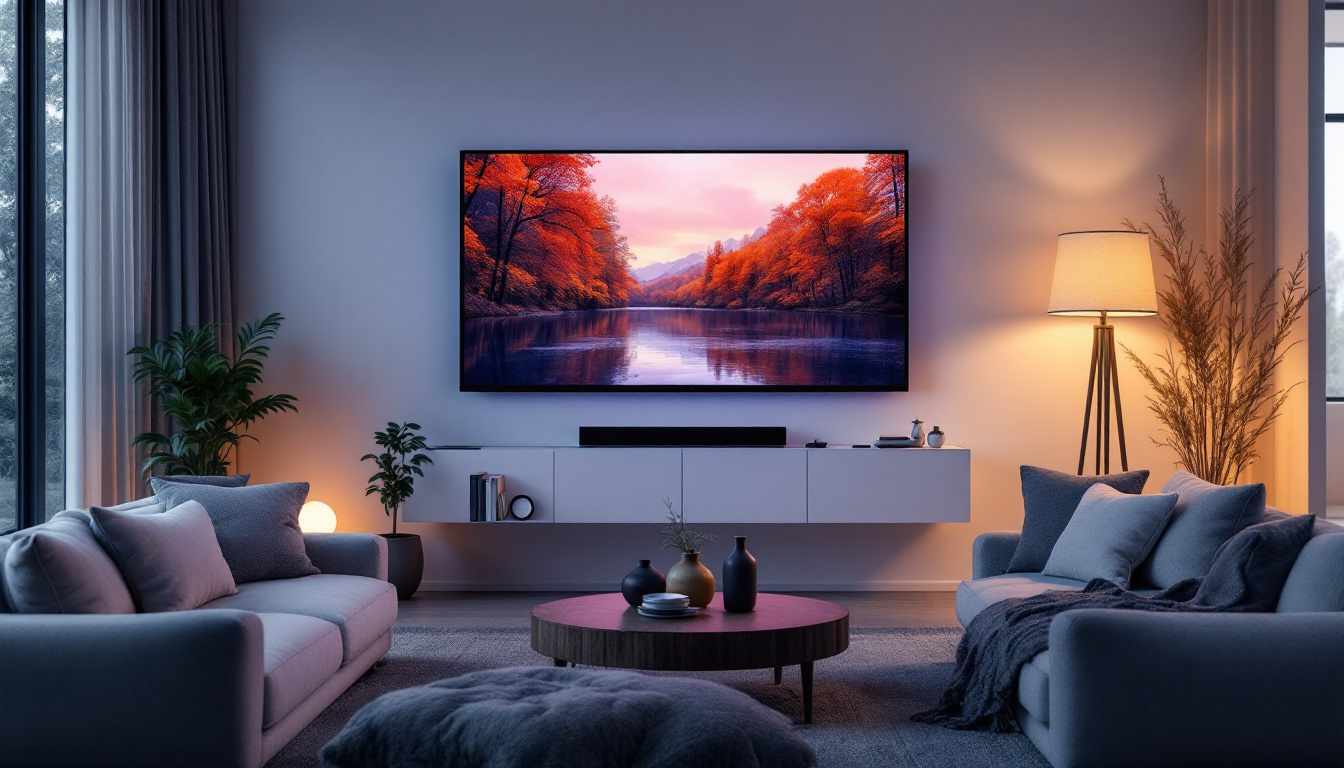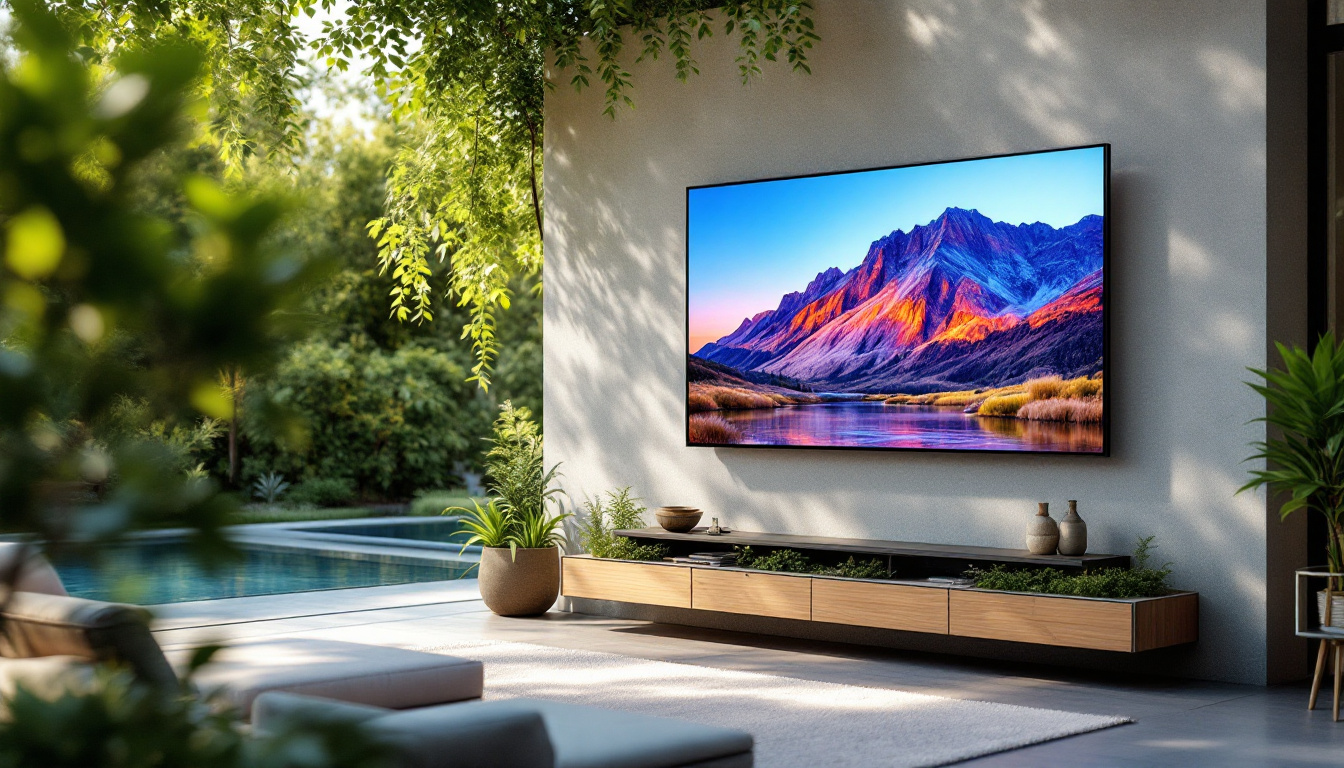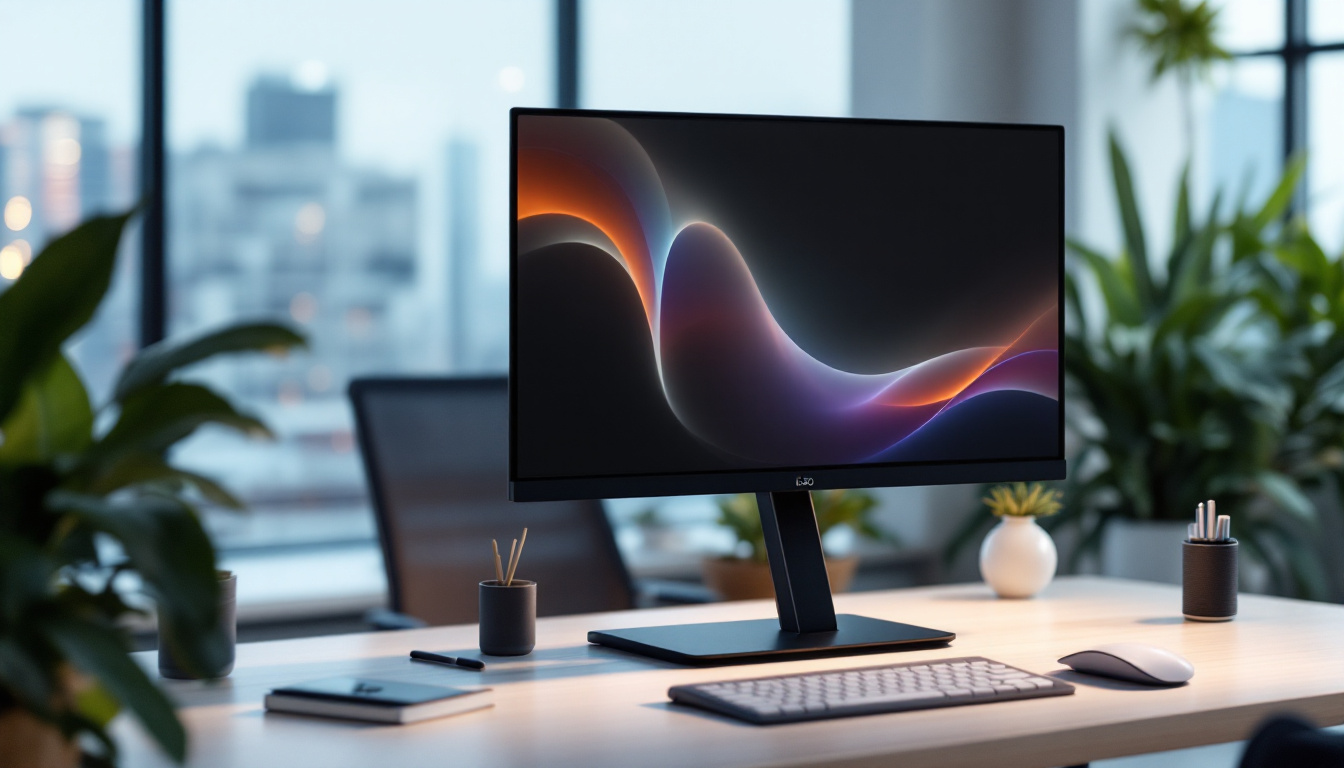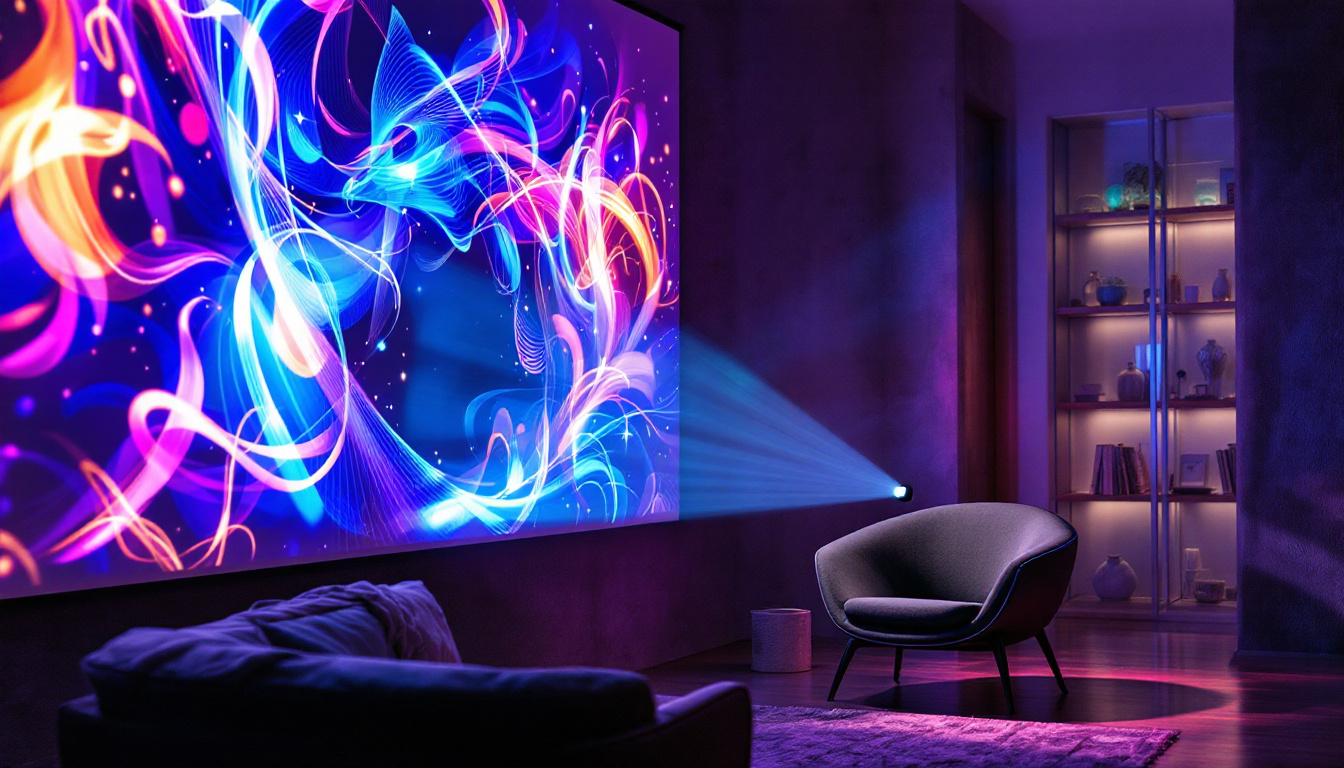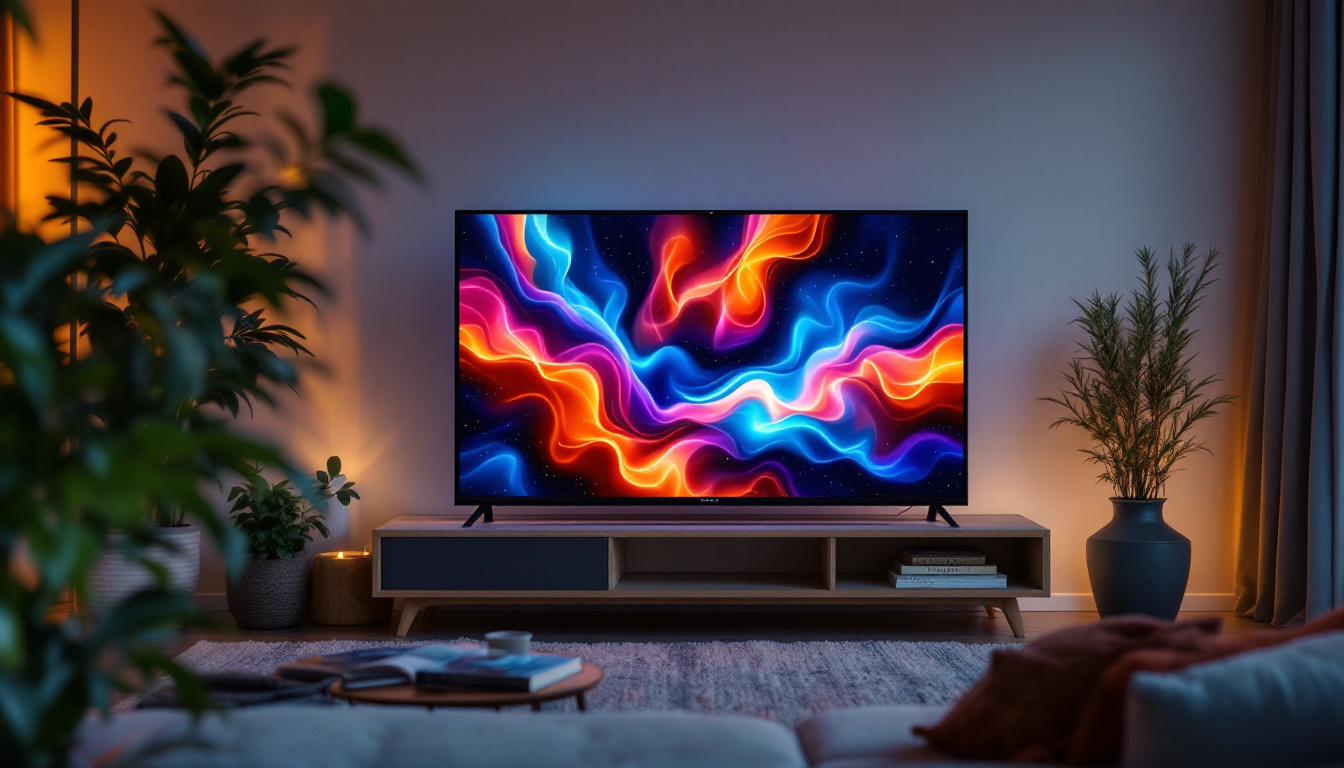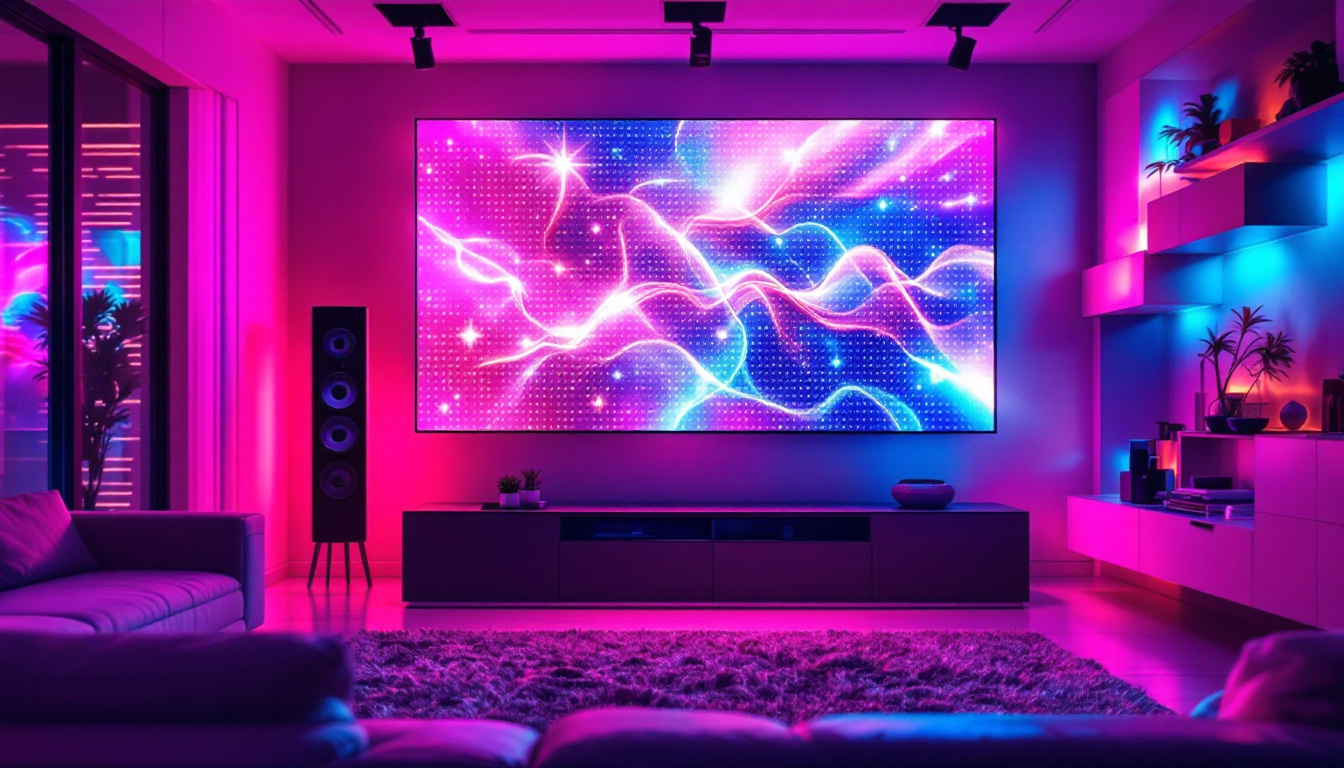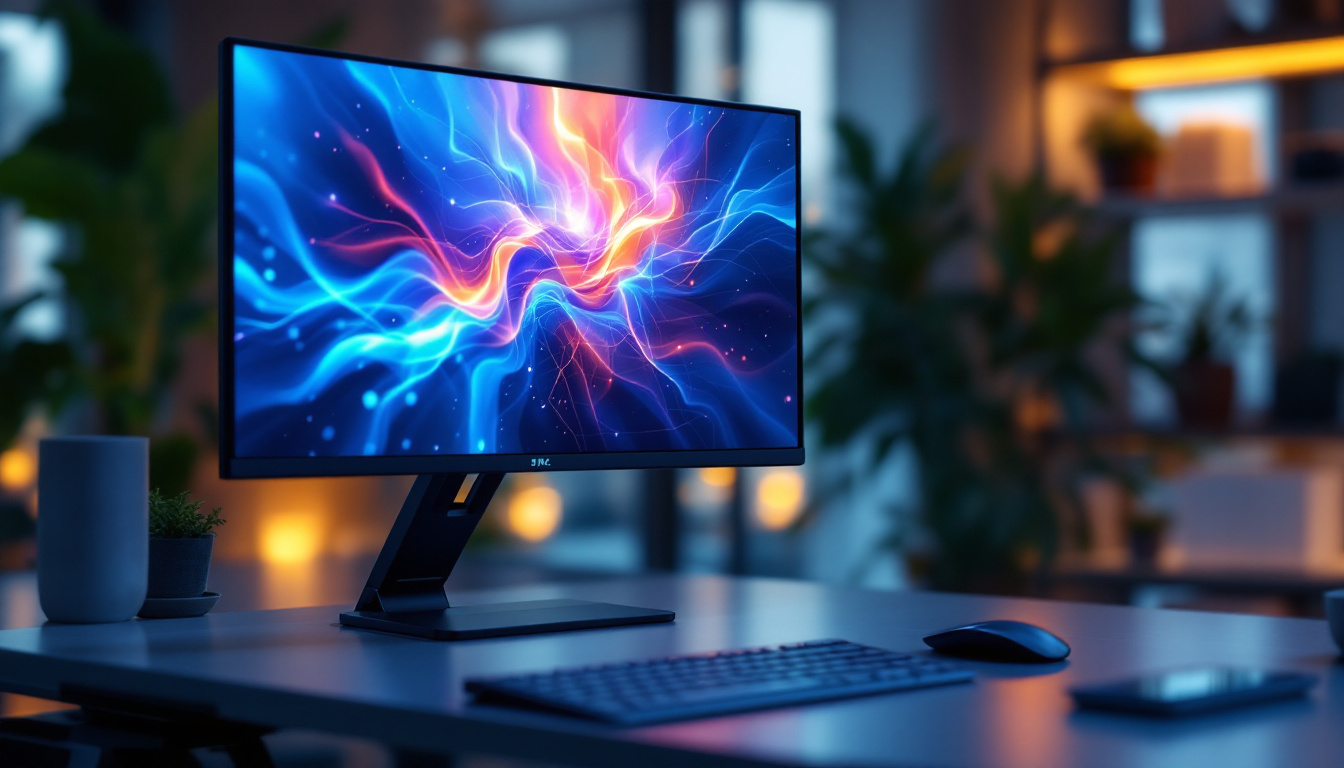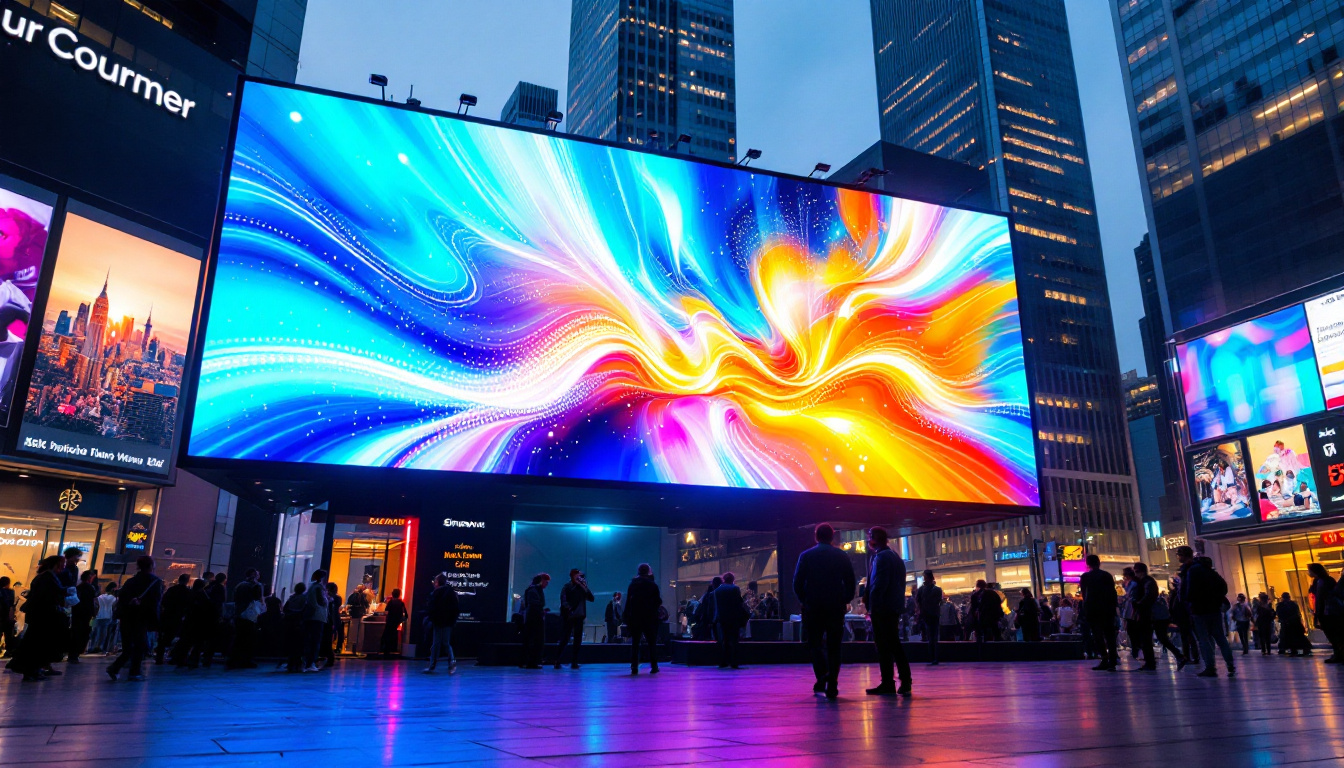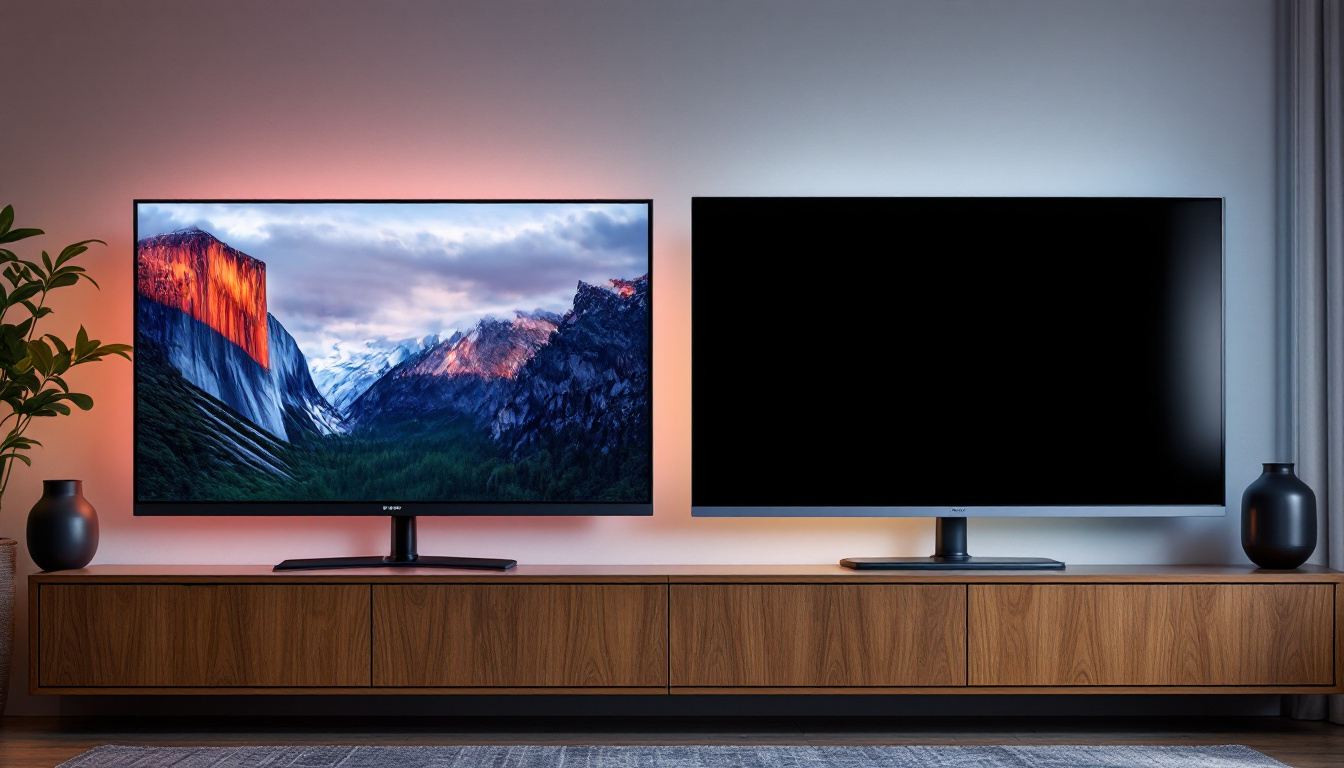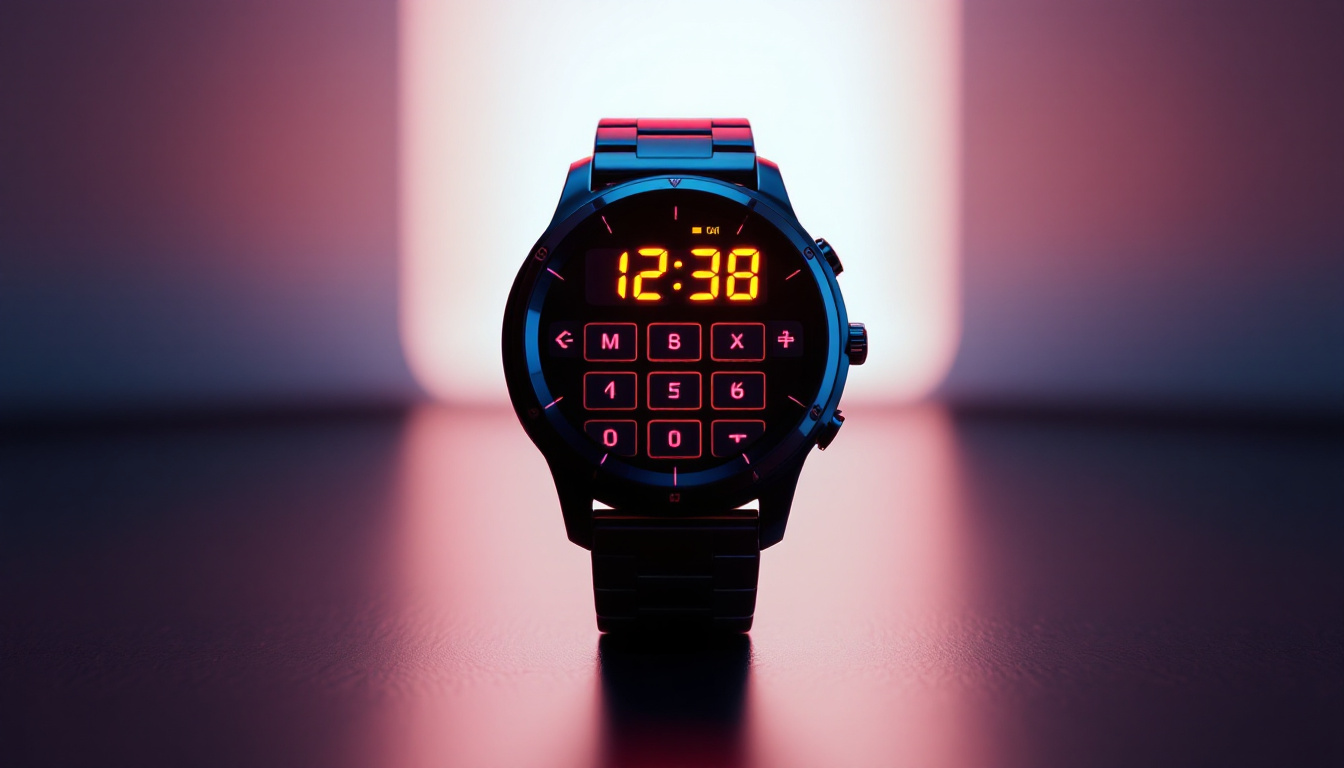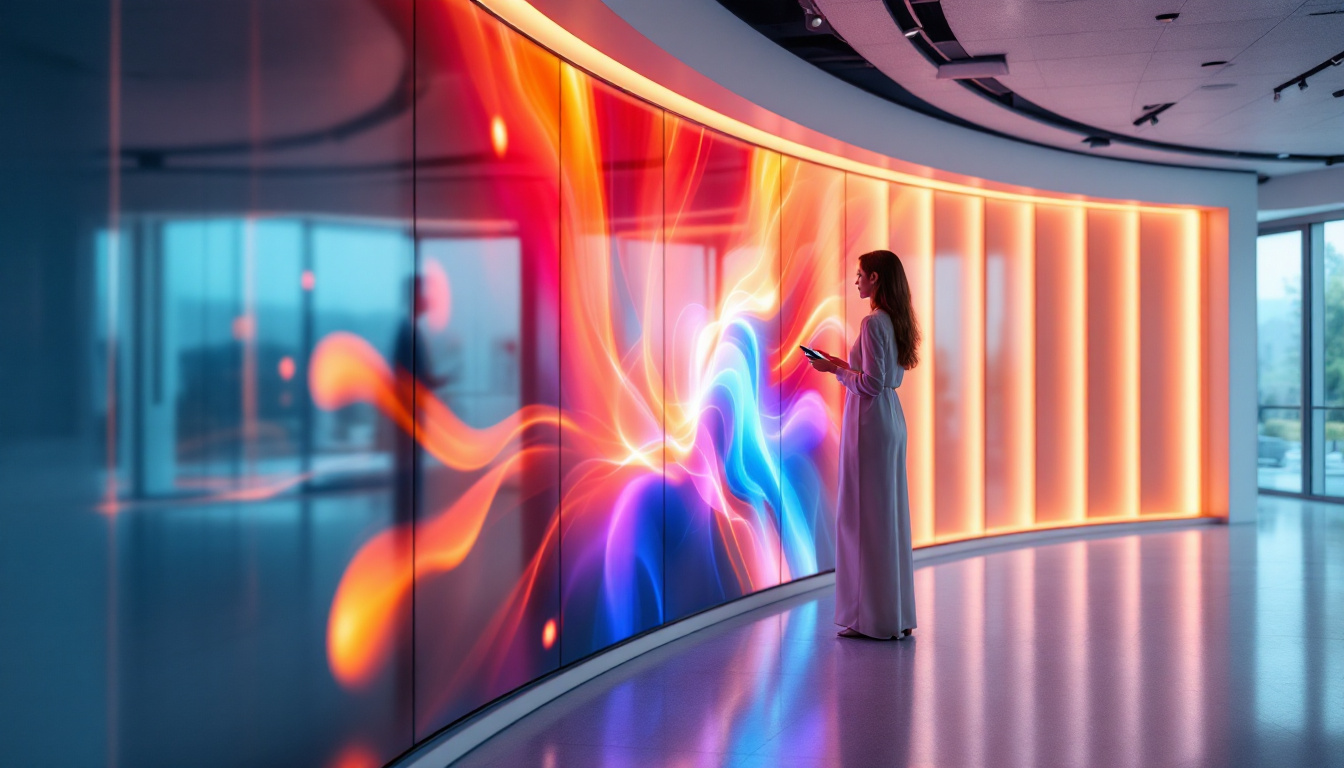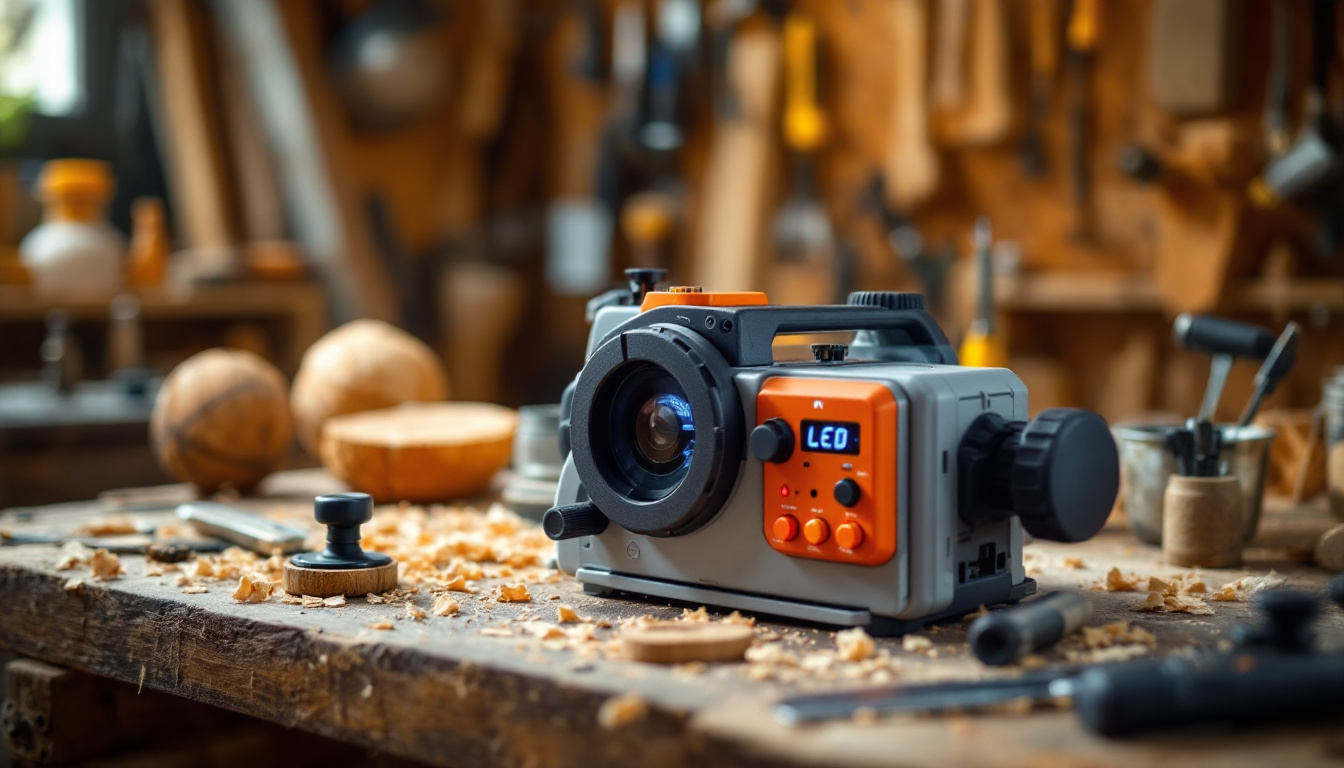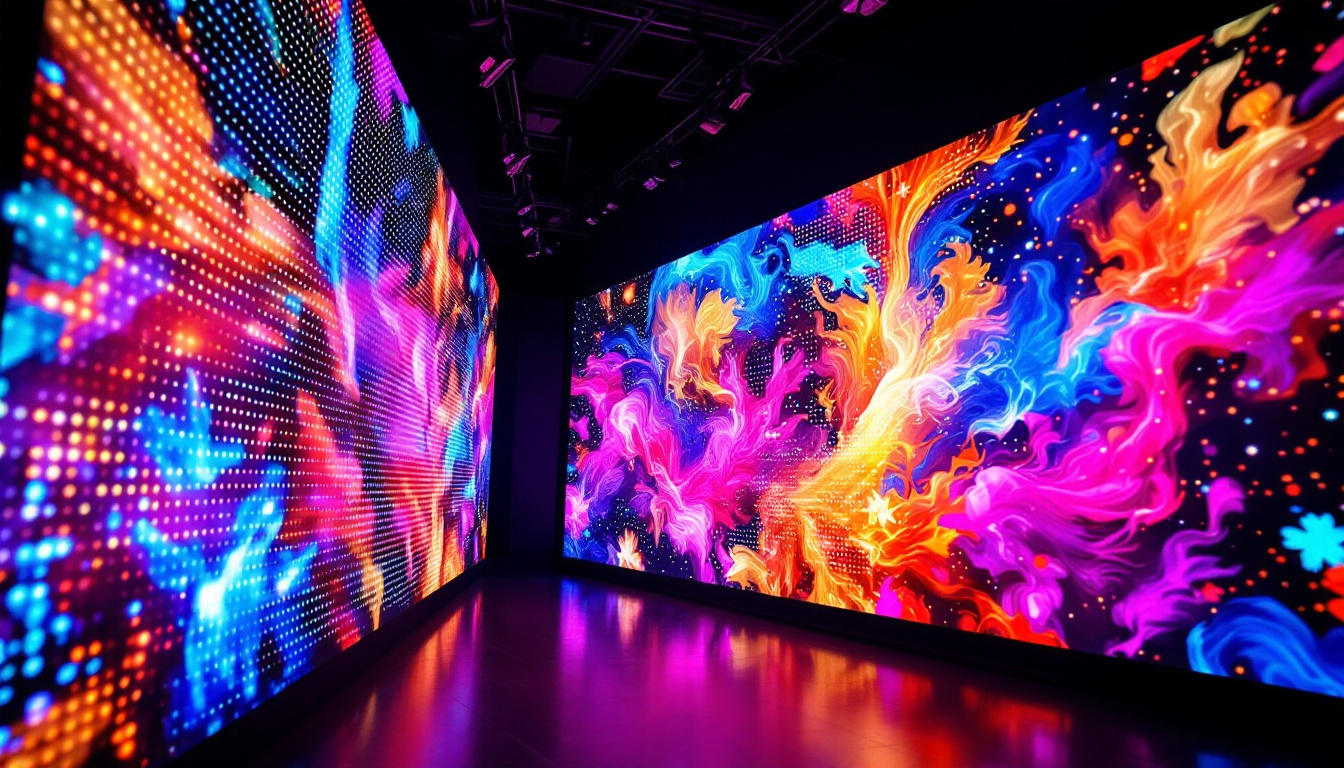In the realm of modern computing and entertainment, the choice of monitor plays a pivotal role in enhancing the user experience. A 32-inch monitor, particularly one equipped with LED technology, has gained popularity among gamers, graphic designers, and professionals alike. This article delves into the intricacies of 32-inch monitors, focusing on LED displays, their advantages, and how to choose the right stand for optimal performance.
Understanding LED Technology
LED, or Light Emitting Diode, technology has revolutionized the way displays operate. Unlike traditional LCDs that use fluorescent backlighting, LED displays utilize an array of tiny diodes that emit light. This fundamental difference leads to several advantages, making LED monitors a preferred choice for many users.
Benefits of LED Displays
One of the most significant advantages of LED displays is their superior brightness and contrast. LED monitors can achieve higher levels of brightness compared to their LCD counterparts, resulting in more vibrant colors and deeper blacks. This feature is particularly beneficial for tasks that require color accuracy, such as photo editing and graphic design.
Another benefit is energy efficiency. LED monitors consume less power, which not only reduces electricity bills but also contributes to a lower carbon footprint. This aspect is increasingly important as more consumers become environmentally conscious. Moreover, the longevity of LED technology means that these displays often last longer than traditional options, which can further reduce waste and the need for frequent replacements.
Types of LED Displays
When discussing LED displays, it is essential to differentiate between various types. The two primary types are Edge-lit LED and Backlit LED displays. Edge-lit displays use LEDs positioned around the screen’s perimeter, while backlit displays have LEDs placed directly behind the screen. Backlit displays often provide better uniformity in brightness and color, making them suitable for professional applications.
Additionally, there are variations such as OLED (Organic Light Emitting Diode) which offers even better contrast and color reproduction but at a higher price point. Understanding these differences can help users make informed decisions based on their specific needs. Furthermore, advancements in LED technology have led to the emergence of Mini-LED and Micro-LED displays, which promise even finer control over light and color, enhancing the viewing experience. Mini-LEDs use smaller diodes to create more precise local dimming zones, while Micro-LEDs can achieve incredible brightness and color accuracy without the need for a backlight, paving the way for new possibilities in display technology.
Choosing the Right 32-Inch Monitor
Selecting the right 32-inch monitor involves considering various factors, including resolution, refresh rate, and panel type. Each of these elements contributes to the overall performance and user experience.
Resolution Matters
The resolution of a monitor determines the clarity and detail of the images displayed. For a 32-inch monitor, common resolutions include Full HD (1920×1080), Quad HD (2560×1440), and 4K Ultra HD (3840×2160). While Full HD may suffice for casual use, professionals and gamers often prefer higher resolutions for enhanced detail and immersive experiences.
4K monitors, for instance, provide four times the pixel density of Full HD, allowing for sharper images and more screen real estate. This is particularly advantageous for multitasking or working with high-resolution content. Graphic designers, video editors, and photographers can benefit immensely from the increased detail, as it allows for more precise editing and a better overall representation of their work. Additionally, with the rise of streaming services offering 4K content, investing in a 4K monitor can significantly enhance your viewing experience, making movies and shows more vibrant and lifelike.
Refresh Rate and Response Time
The refresh rate, measured in hertz (Hz), indicates how many times per second the monitor refreshes the image. A higher refresh rate results in smoother motion, which is critical for gaming and fast-paced video content. Monitors with refresh rates of 60Hz are standard, but many gaming monitors offer rates of 120Hz or even 240Hz for a fluid experience.
Response time, on the other hand, measures how quickly a pixel can change from one color to another. Lower response times reduce motion blur and ghosting, enhancing the overall visual experience. For gaming, a response time of 1ms to 5ms is generally recommended. Furthermore, the combination of high refresh rates and low response times is essential for competitive gaming, where every millisecond can make a difference. Players often seek monitors that not only support these specifications but also feature technologies like G-SYNC or FreeSync, which help to eliminate screen tearing and provide a smoother gaming experience. This is particularly important in fast-paced titles where quick reflexes are crucial, ensuring that players can react swiftly without visual distractions.
Importance of Monitor Stands
While the technical specifications of a monitor are crucial, the stand it sits on can significantly impact usability and ergonomics. A well-designed monitor stand not only supports the monitor but also enhances comfort and productivity.
Ergonomics and Adjustability
An ergonomic monitor stand allows users to adjust the height, tilt, and swivel of the monitor. This adjustability is vital for maintaining proper posture and reducing strain on the neck and eyes. A monitor that is too low or too high can lead to discomfort during extended use.
For a 32-inch monitor, it is essential to position the top of the screen at or slightly below eye level. This positioning minimizes neck strain and encourages a more natural viewing angle. Many stands offer features like gas spring adjustments, making it easy to find the perfect height. Furthermore, some advanced models include built-in memory settings that can save preferred height adjustments for multiple users, making them ideal for shared workspaces.
Stability and Design
The stability of the monitor stand is another critical factor. A sturdy stand prevents wobbling and ensures that the monitor remains securely in place, even during intense gaming sessions or while typing. Look for stands made from durable materials such as metal or high-quality plastic that can support the weight of a 32-inch monitor.
Additionally, the design of the stand can enhance the overall aesthetic of the workspace. Many stands come in sleek, modern designs that complement contemporary office setups. Some even offer cable management features, helping to keep the workspace tidy and organized. Beyond aesthetics, certain monitor stands incorporate additional functionalities, such as built-in USB hubs or wireless charging pads, which can streamline your workspace and reduce clutter. These thoughtful integrations not only enhance the usability of the stand but also contribute to a more efficient and enjoyable work environment.
Additional Features to Consider
When selecting a 32-inch monitor and its stand, several additional features can enhance the overall experience. These features often cater to specific user needs and preferences.
Connectivity Options
Modern monitors come equipped with various connectivity options, including HDMI, DisplayPort, USB-C, and VGA. The availability of multiple ports allows users to connect different devices, such as laptops, gaming consoles, and external storage. For those who frequently switch between devices, having a monitor with multiple input options can be a significant advantage.
USB hubs integrated into the monitor can also provide added convenience, allowing users to connect peripherals directly to the monitor without reaching for the computer. This feature can streamline the workspace and reduce clutter.
Built-in Speakers and Other Features
Some 32-inch monitors come with built-in speakers, which can be a convenient feature for casual users who do not want to invest in separate audio equipment. However, for audiophiles or professionals who require high-quality sound, external speakers or headphones are often recommended.
Additionally, features like blue light filters and flicker-free technology can enhance the viewing experience by reducing eye strain during long usage periods. These features are especially beneficial for users who spend extended hours in front of their monitors.
Setting Up Your 32-Inch Monitor
Once the right monitor and stand have been selected, setting up the monitor correctly is crucial for optimal performance. Proper setup can enhance the viewing experience and ensure that the monitor functions as intended.
Positioning the Monitor
As mentioned earlier, the height of the monitor should be adjusted to eye level. This positioning minimizes neck strain and provides a comfortable viewing angle. The monitor should also be placed at an appropriate distance, typically around 20 to 30 inches away from the eyes, depending on the resolution and size.
For those using multiple monitors, it is essential to arrange them in a way that minimizes head movement. A curved or angled setup can help create a more immersive experience, especially for gaming or multitasking.
Calibrating the Display
After positioning the monitor, calibrating the display settings is crucial for achieving the best visual quality. This process may involve adjusting brightness, contrast, color temperature, and gamma settings. Many monitors come with preset modes for different activities, such as gaming, movie watching, or graphic design, which can simplify this process.
Calibration tools and software are also available for those seeking precise color accuracy, particularly in professional environments. Regular calibration ensures that the monitor maintains its performance over time.
Conclusion
In conclusion, a 32-inch LED monitor offers a plethora of advantages, making it an excellent choice for a variety of users. Understanding the technology behind LED displays, selecting the right monitor based on specifications, and choosing an ergonomic stand are all critical steps in enhancing the overall experience.
With the right setup and features, a 32-inch monitor can transform the way users interact with their computers, whether for work, gaming, or entertainment. As technology continues to evolve, staying informed about the latest advancements will ensure that users make the best choices for their needs.
Discover the Future of Visual Display with LumenMatrix
Ready to elevate your visual experience with a 32-inch LED monitor that stands out? Look no further than LumenMatrix, a pioneer in LED display technology. Our extensive range of solutions, from Indoor and Outdoor LED Wall Displays to innovative LED Sports and Floor Displays, is designed to bring your content to life. Whether you’re looking to enhance your workspace, captivate an audience, or make a bold statement, LumenMatrix has the cutting-edge technology to meet your needs. Check out LumenMatrix LED Display Solutions today and join the revolution in visual communication.

